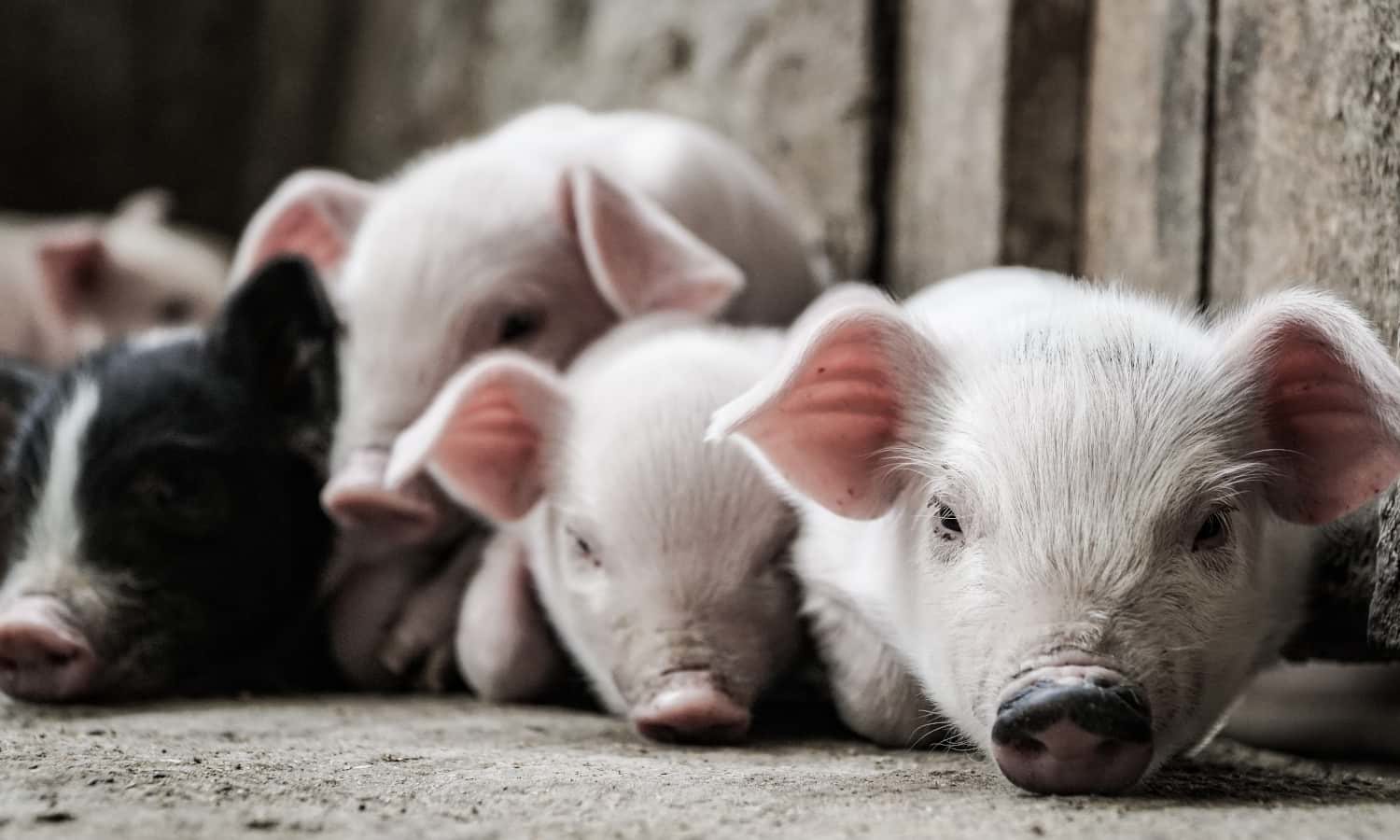Hog farmers are facing economic hardship after COVID-19 outbreaks forced meatpacking plants across the Midwest to close.
“Due to the packing plant shutdowns and not running at 100 percent capacity, our hog markets have been severely affected,” Wanda Patsche, a Minnesota hog farmer and Minnesota Pork Board member tells Food Tank. “We are losing US$30-40 per pig right now.”
COVID-19 has hit meat packing and processing plants throughout the Midwest, infecting over 32,000 workers, according to the Food and Environment Reporting Network. This has created a hole in the food supply chain as some plants are closing and others have limited their workforce.
After Smithfield’s Sioux Falls, South Dakota plant and others shut down, the entire hog market saw a drop in prices, Patsche tells Food Tank. The Smithfield plant is one of the largest meatpacking plants in the country.
Patsche stresses that she wants and needs plants to prioritize safe working conditions for workers. But the plant closures still came as a terrible blow.
“I literally broke down and cried on Easter Sunday because that is when I heard the Smithfield plant was closing because of COVID,” says Patsche. “I am not a crier but I knew the gravity of that decision.”
There is a tight time frame between when a pig is born and when it is mature and ready for slaughter as compared to poultry and cows. This means that hog farmers feel the effects of plant closures before other livestock farmers. According to the National Pork Producers Council, the hog industry is expected to lose US$5 billion in 2020 due to COVID-19.
Farmers can try to wait to sell their pigs, but if the pigs grow too big, they will become unsellable. Instead, Patsche says farmers can attempt to adapt to the changing market by selling hogs privately, using slow-growth feed, finding other housing options for hogs, and, as a last resort, euthanizing hogs they are unable to sell.
Patsche believes the processing plant closures will have a long lasting effect on hog farmers and that the industry will never be the same after COVID-19.
“The way the majority of the way the hog industry operates results in affordable food prices, but we have seen through COVID how fragile our system really is.”
Photo courtesy of Unsplash, Kameron Kincade















